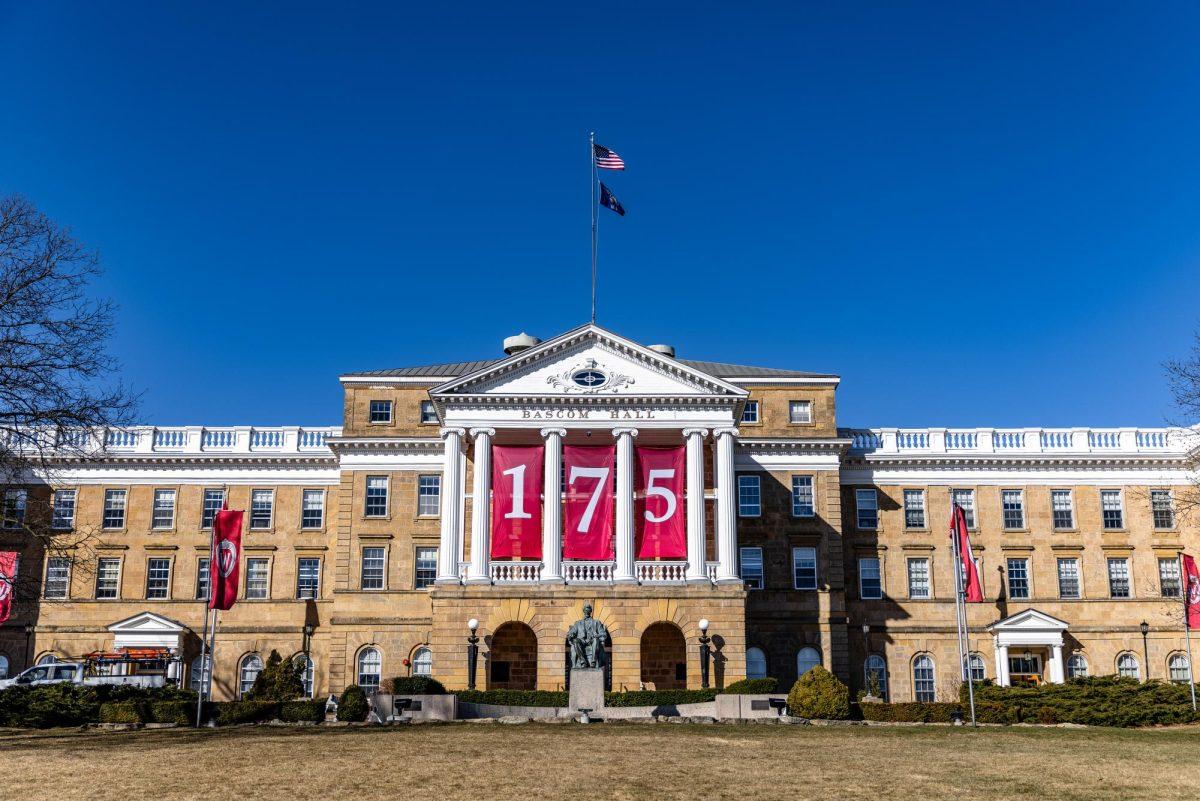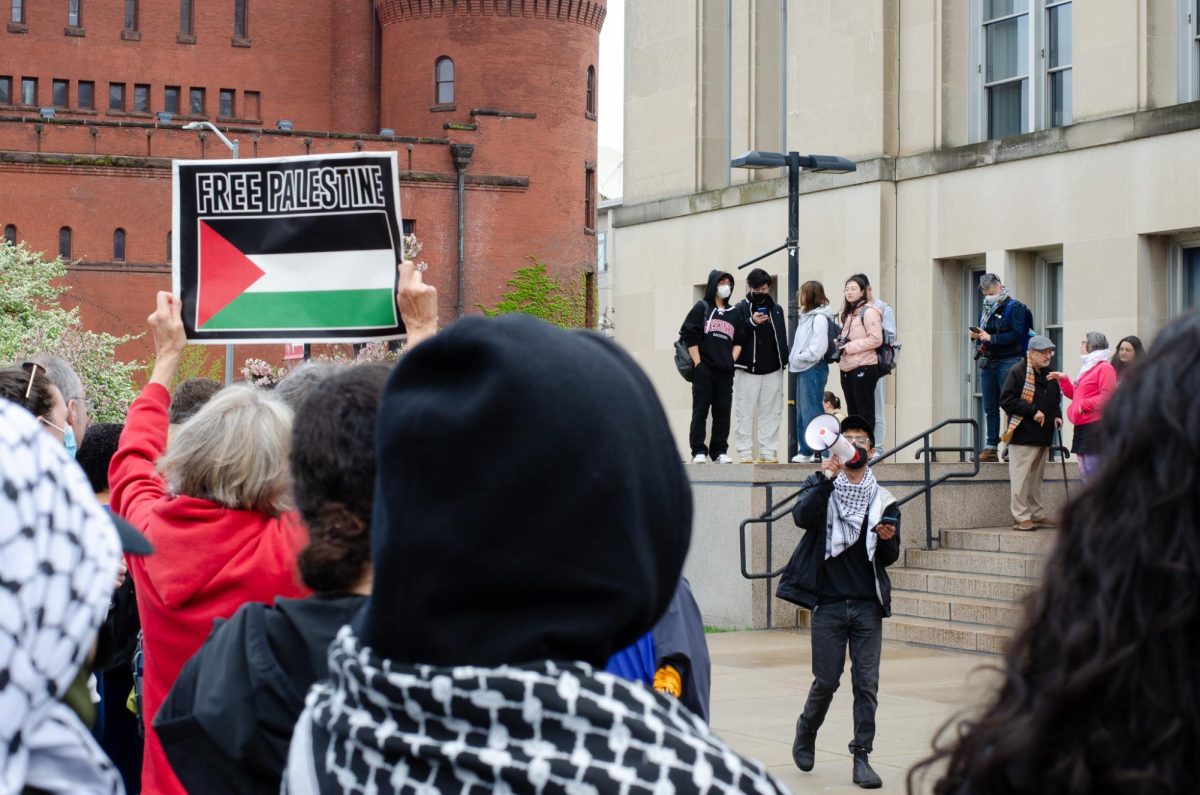In Dane County, more than 25 people have died from heroin overdoses every year for the past several years, enough for the Madison Police Department to call the trend a local “epidemic.”
According to Lt. Brian Ackeret of the Dane County Narcotics Task Force, there have an additional 300-plus cases a year where heroin has caused someone to need medical attention. An increase in usage and subsequent overdoses is a national trend that has been perpetuated the last three to four years, but it has definitely effected the county and the city of Madison, Ackeret said.
While certain areas, such as downtown Madison, have a bigger problem, Ackeret said the abuse of heroin can affect anyone, including successful students and athletes.
“Heroin cuts across all socio-economic race and gender groups,” Ackeret said.
This is because many users first become hooked on prescription opiates and turn to illegal drugs in order to feed their addiction, he said.
Mayor Paul Soglin said this issue is different than other drug problems because it stems from drugs that are prescribed legally. For example, someone could be prescribed painkillers legally but then become hooked on opiates, he said.
“One of the things that we have never seen about the heroin epidemic is that unlike other substance abuse problems, this one is fueled by legitimate prescription drugs,” Soglin said.
Ackeret said the problem does not have a simple criminal justice solution because it is linked to prescribers of pharmaceuticals. He added many users are also turning to dealing drugs to get enough income to feed their “expensive habit.”
In an attempt to address the issue, law enforcement also works with Public Health of Madison &Dane County to foster education and prevention programs, Ackeret said.
Soglin said the creation of an aggressive program to address the issue has received national attention.
Cheryl Wittke, executive director of Safe Communities, an organization that works with the public health department on drug prevention, said her organization was founded a year and a half ago to deal with heroin usage.
Wittke said Safe Communities works to address the entire scope of the problem, which means collaborating with law enforcement agencies as well as those who prescribe pharmaceuticals. Although it is too soon to note a decrease in deaths from heroin, Wittke hopes their work will cause a decrease in some aspects of heroin usage.
Ackeret said while the use and abuse of other drugs has not decreased, no other drug abuse problem has increased to the level of heroin. More violence is still associated with marijuana trafficking than heroin trafficking, Ackeret said, although there is always the potential for violence when drug trafficking is involved.
Soglin said while the problem is being addressed at a city and county wide level, it is pervasive everywhere.
“The challenge of heroin and the abuse of prescription pharmaceuticals — those know no municipal boundaries,” Soglin said.


















